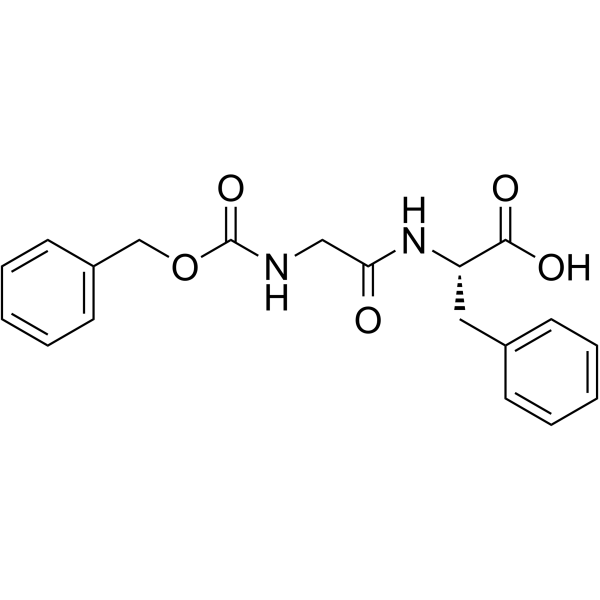Insulin receptor autophosphorylation and signaling is altered by modulation of membrane physical properties.
C D McCallum, R M Epand
文献索引:Biochemistry 34(6) , 1815-24, (1995)
全文:HTML全文
摘要
Many membrane functions are modulated by the bulk biophysical properties of the membrane. Various compounds which alter membrane physical properties were investigated for their ability to modulate insulin receptor autophosphorylation and signaling. Compounds which raise the bilayer to hexagonal phase transition temperature in model membranes, including carbobenzoxydipeptides, apolipoprotein A-I, acyl carnitines, and lysophosphatidylcholine, inhibited insulin stimulation of insulin receptor tyrosine phosphorylation of isolated receptors as well as in cells overexpressing human insulin receptor. For compounds of similar structure, the inhibition of insulin receptor tyrosine phosphorylation correlates well with their bilayer-stabilizing potency. Most of the compounds which inhibit tyrosine phosphorylation of the insulin receptor also inhibited glucose uptake in the same cells. Compounds which lower the bilayer to hexagonal phase transition temperature in model membranes enhanced insulin stimulation of autophosphorylation in isolated receptors, with no effect on insulin receptor activity in NIH 3T3 HIR 3.5 cells. The effects of cationic amphiphiles were not readily predictable from their membrane modulating activity. All of the compounds tested exert their effects independent of changes in insulin binding to the receptor or changes in the basal tyrosine kinase activity of the receptor. This provides evidence that mechanism of modulation of insulin signaling by these additives lies in their ability to alter the bulk physical properties of the membrane. The results suggest that membrane monolayer curvature strain is a factor contributing to the efficiency of insulin signal transduction.
相关化合物
| 结构式 | 名称/CAS号 | 分子式 | 全部文献 |
|---|---|---|---|
 |
N-苄氧羰基甘氨酰-L-苯丙氨酸
CAS:1170-76-9 |
C19H20N2O5 |
|
Virus replication inhibitory peptide inhibits the conversion...
1986-07-01 [Biosci. Rep. 6(7) , 647-53, (1986)] |
|
Synthesis and conformational study of a cyclic hexapeptide a...
1987-03-01 [J. Pept. Protein Res. 29 , 464, (1987)] |
|
Determination of pancreatic carboxypeptidase A in human bloo...
1983-11-30 [Clin. Chim. Acta 135(1) , 65-71, (1983)] |
|
Evidence suggesting a role for sperm metalloendoprotease act...
1988-11-01 [J. Exp. Zool. 248(2) , 213-21, (1988)] |
|
Lysosomotropic agents. 4. Carbobenzoxyglycylphenylalanyl, a ...
1982-05-01 [J. Med. Chem. 25(5) , 539-44, (1982)] |